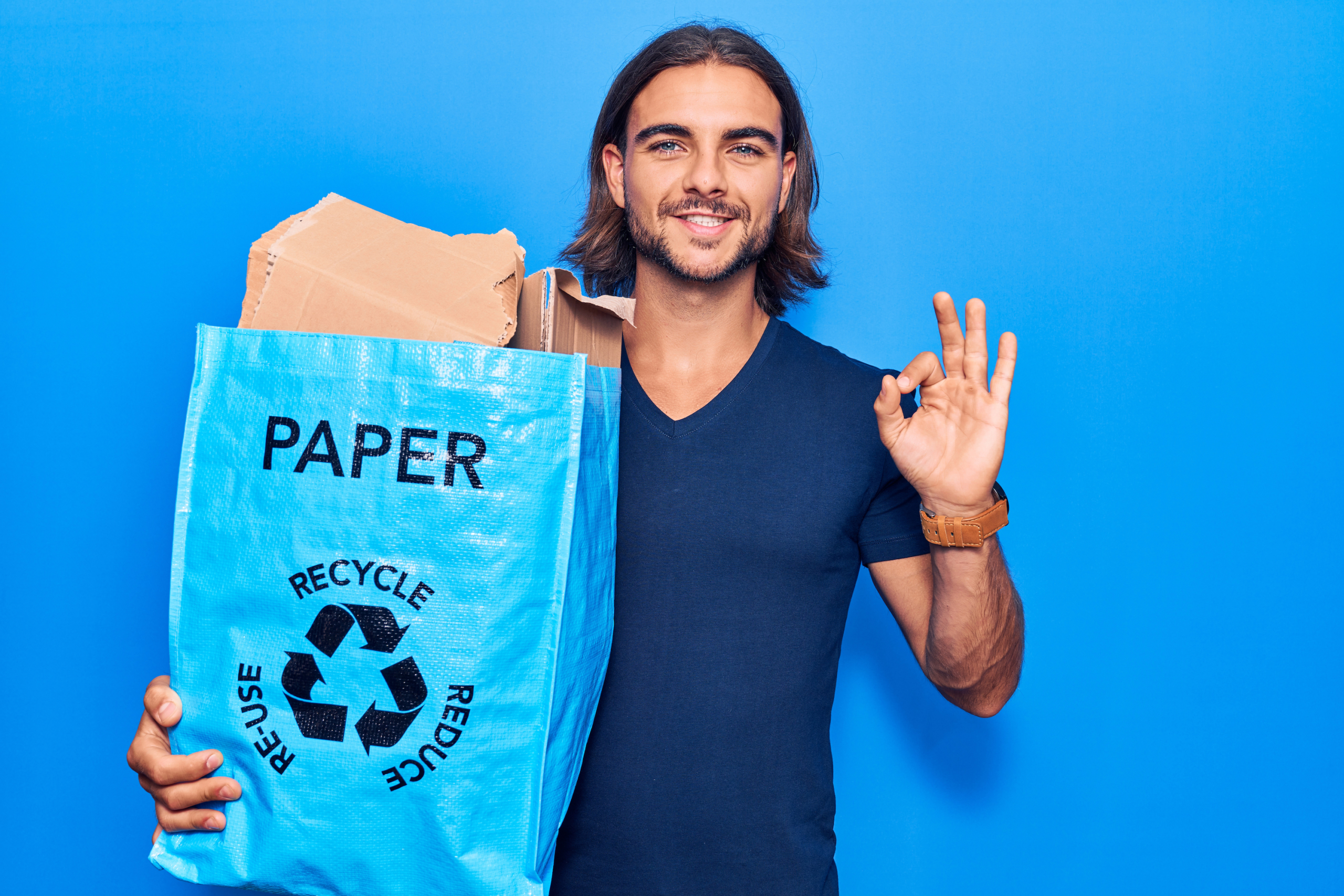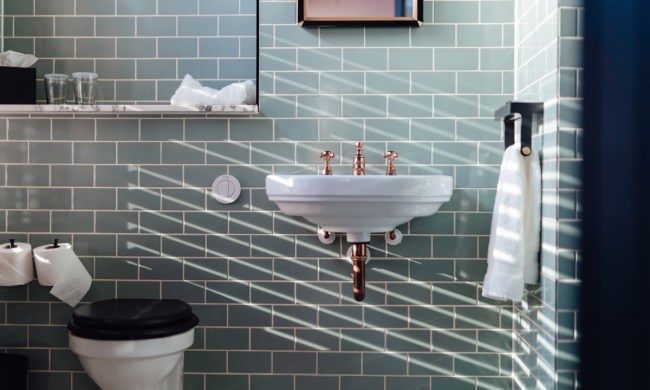Cardboard, a heavy-duty material that comes in handy for everything from shipping packages to moving your items, rarely needs to be tossed in the trash. “Most cardboard is recyclable, as long as it is clean and dry!” says Marci Zaroff, founder of ECOFashion Corp, tells 21Oak. This is a good thing, seeing as though landfills in the United States don’t need any more junk. While the majority of your scraps, boxes, signs, and other cardboard items can be tossed in your recycling bin, there are a variety of other things you can do with them.

What are the different types of cardboard?
There are two main types of cardboard, and both can be recycled along certain guidelines, explains Gay Browne, personal environmental health advisor and founder of Greenopia. The first is known as corrugated cardboard, which is typically used to make brown packing boxes. The other type is called paperboard (also known as chipboard). It is a single layer of grayish cardboard used to make items, such as cereal boxes, shoe boxes, and other packages.
How to recycle cardboard via waste management
If you want to leave your cardboard out with your trash to be picked up, there are a few things to keep in mind. “Some waste-management companies require that cardboard boxes be flattened before collection,” says Browne. “It’s okay to leave tape, labels, and other items on the cardboard, as they’ll be removed at the recycling center. But you should take out any bubble wrap and other packing materials.”
Some companies also might require cardboard to be tied or taped together. “This usually is to prevent the wind from making a mess,” Browne adds.
What can’t you put in your recycling bin?
Some cardboard items — such as juice containers, milk cartons, and some produce boxes — are coated with wax or similar substances. This often affects their ability to be recycled, says Browne. “Some collectors also will not take cardboard or paperboard that’s wet,” she explains. “That’s because wetness weakens cardboard fibers and makes it less valuable for recycling centers. It also adds unnecessary weight to the cardboard that many centers don’t want to pay for.” Bottom line: It is wise to check with your local municipality on different recycling rules, as well.
Reuse/rebox
Zaroff points out that while reducing your cardboard intake is ideal, in today’s e-commerce world, it isn’t always a practical solution. Luckily, it is easy to reuse cardboard boxes “for storage, mock furniture for plants and accessories, reboxing your next outgoing shipment, Halloween costumes, and even for protest signage,” she suggests.
Give them to your children
It might be just a cardboard box to you, but it’s likely your kids can find 100 creative ways to use it, ranging from forts to doll houses. Cardboard can also come in useful for art projects. But even you can use it as a kid-friendly playroom storage solution.

Throw them in your compost
Another fun way to make use and reuse cardboard is to compost it, suggests Browne. “For the home gardeners out there, cardboard boxes can be added to your compost pile — as long as the cardboard hasn’t come into direct contact with inedible substances like cleaning or bathing supplies, which would taint the rest of the compost pile,” she explains.
Use them for storage
Who needs plastic bins when you have old cardboard boxes sitting around? Browne maintains that you can give your boxes new life by transforming them into stylish storage. “It can be as simple as using some fabric covers, and now you have some recycled cardboard storage boxes,” she says. You can also reuse shoe boxes, transforming them into a storage solution for your belts and even socks! “As you can see, there are numerous ways to creatively reuse cardboard boxes,” she points out.
Give them away
One person’s trash is another person’s treasure! While you might have zero need for your cardboard boxes, there are many people who do. In fact, purchasing cardboard boxes of various sizes is incredibly expensive — just check out the prices at your local shipping or hardware store. Therefore, you should have no problem finding someone who wants to take them off your hands. Craigslist is a great resource for this. Simply take a photo of your extra boxes and upload it onto Marketplace or even in any local group you are a member of. Within a day you should have a number of people who want to take them off your hands!



